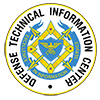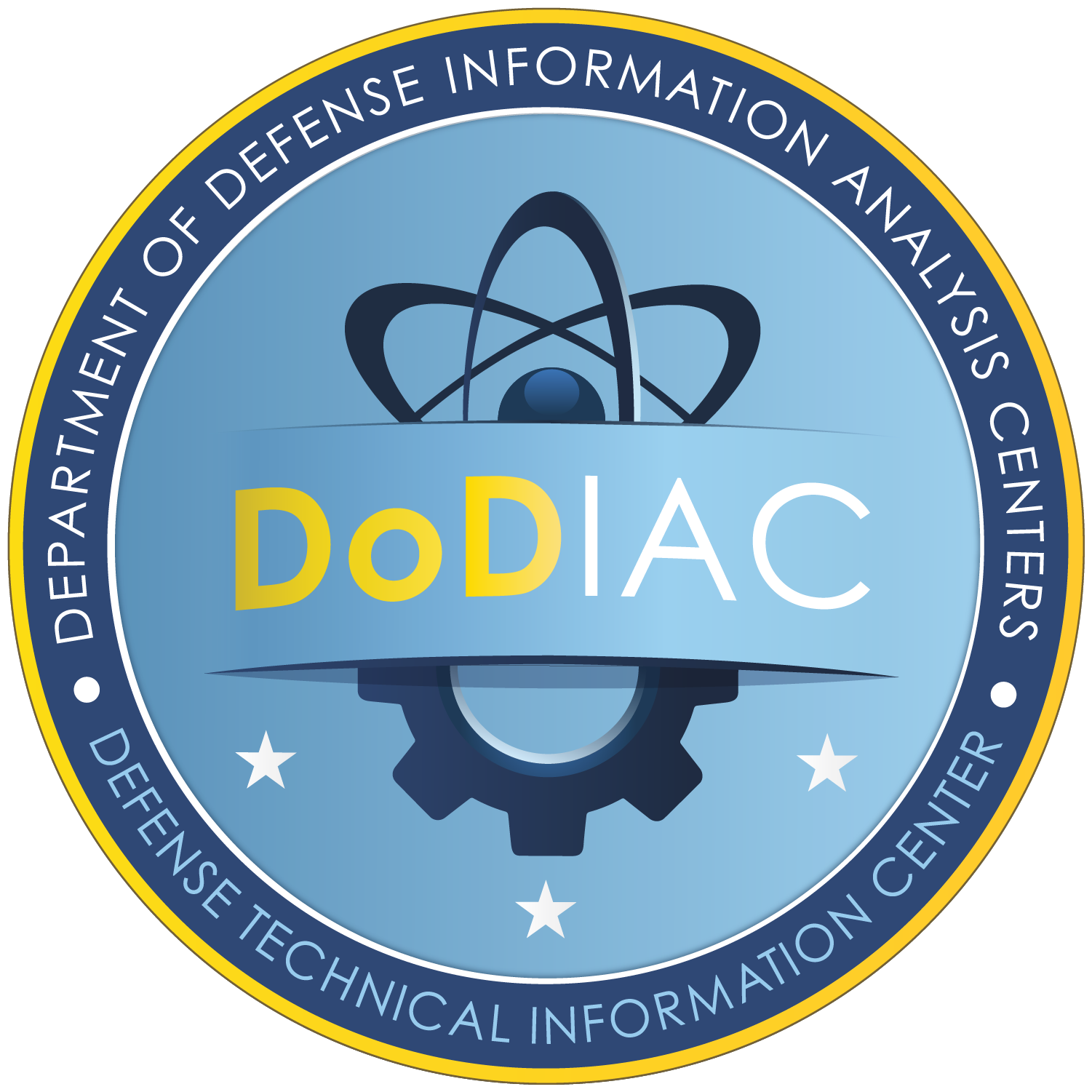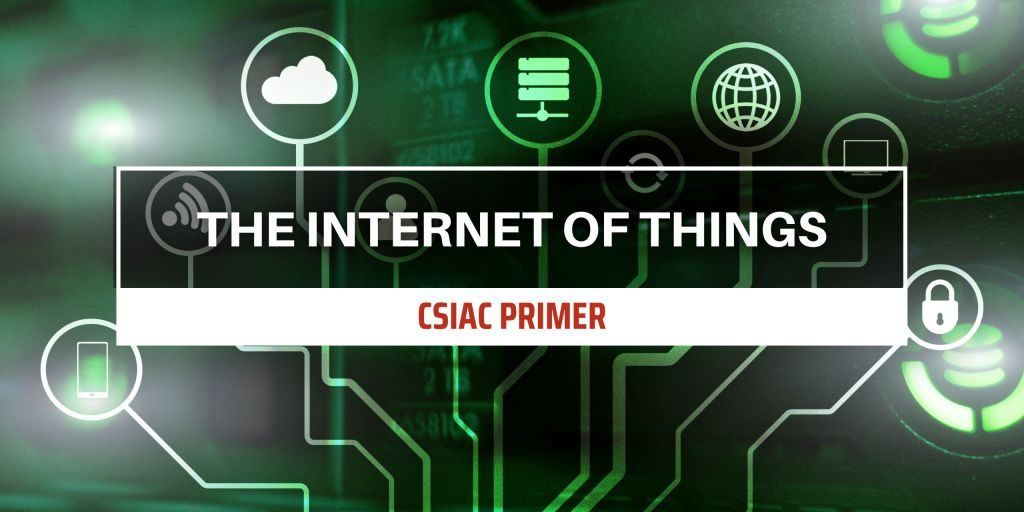Interconnected devices in an IoT collect, share, and process data without direct human intervention [1]. These smart systems use sensors, artificial-intelligence (AI)-driven analytics, and secure communication channels to automate decision-making and improve operational efficiency. While IoT is widely used in industries like healthcare, transportation, and smart cities, its role in military operations and national security is rapidly expanding. The U.S. Department of Defense (DoD) is integrating IoT technologies into warfare, logistics, and cybersecurity to enhance situational awareness, streamline operations, and maintain strategic superiority.
How IoT Works
IoT relies on a four-step process that enables devices to function as an intelligent, interconnected system [2, 3]:
-
Sensors and Data Collection: Devices embedded with sensors (temperature, motion, biometric, and Global Positioning System) gather data from their environment.
-
Secure Communication Networks: Military IoT devices transmit data via encrypted channels, 5G networks, and satellite systems to prevent adversary interception.
-
Data Processing and AI Analytics: Data are processed locally (edge computing) or sent to centralized command centers for real-time analysis and automation.
-
Automated Decision-Making and Response: IoT systems trigger automated actions, such as sending alerts about mechanical failures or deploying countermeasures against cyberthreats.


